What's the biggest football stadium in the world? Meet the planet's largest stadiums
Size isn’t everything, but it does mean a lot. Ben Clark looks at the world’s biggest football venues...
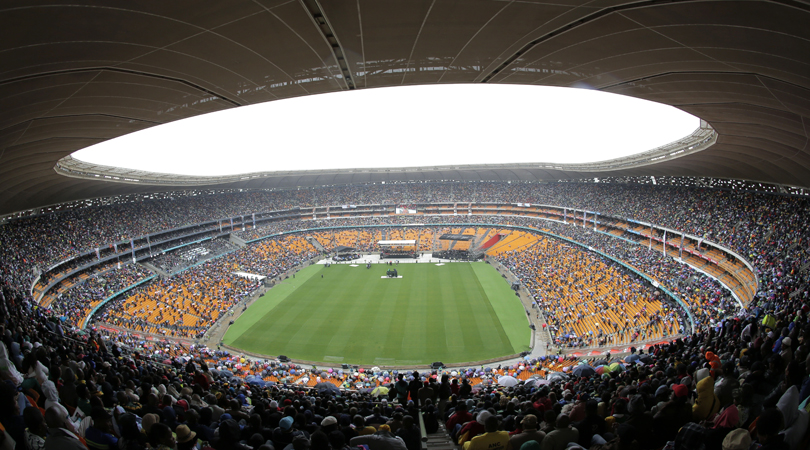
1. Rungrado 1st of May Stadium (Capacity 150,000)
Looking incredibly fierce over the river Taedong, the pride of North Korea opened on the 1st of May, which just happens to be International Workers' Day. Covering 207,000 sq m, the stadium also has indoors halls, a swimming pool and even a running track. Built in response to South Korea's Olympic Stadium, the Rungrado 1st of May Stadium hosts the Mass Games annually and North Korea's national team can be seen making rare appearances there.
Find out where it sits in FFT's top 100 stadiums
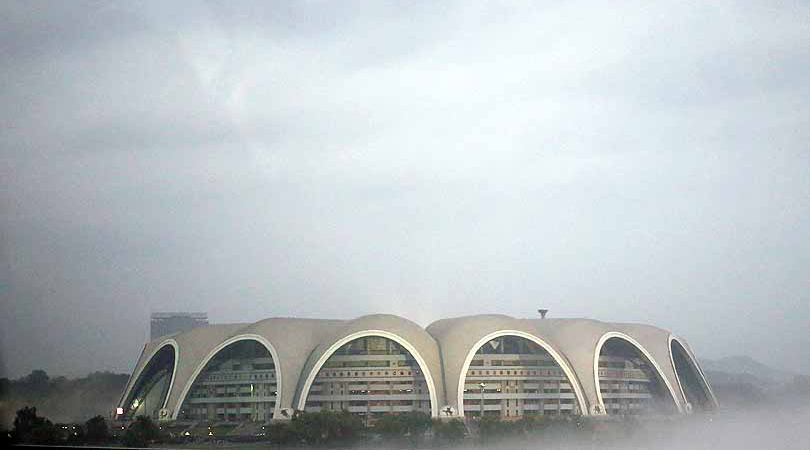
2. Gelora Bung Karno Stadium (100,800)
A popular pre-season destination for some of Europe's biggest clubs, the GBK is at the centre of the Bung Karno Sports Complex in Jakarta, Indonesia. The stadium's capacity has fluctuated to accommodate the requirements of the Asian Games, SEA Games, the Sudirman Cup and just about every other Asian competition. Originally boasting 120,000 seats, it has now dropped to a more comfortable 88,000 seats but can still host a six-figure crowd – as long as some of them don't mind standing.
Find out where it sits in FFT's top 100 stadiums list
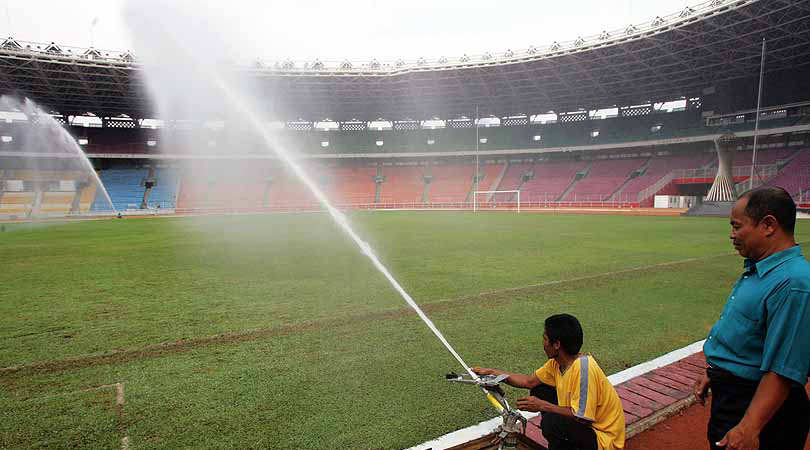
3. Camp Nou (99,345)
Get FourFourTwo Newsletter
The best features, fun and footballing quizzes, straight to your inbox every week.
Europe’s biggest stadium, Camp Nou is without a doubt one of the world’s most breathtaking venues. And it’s going to get bigger, nudging above 100,000 during redevelopments costing an estimated £495m. Original plans for redevelopments – planned to take place in 2009 – were killed by the 2008 economic crisis. It was the most frequently used stadium at España 82, for which its capacity was a noisy 121,749.
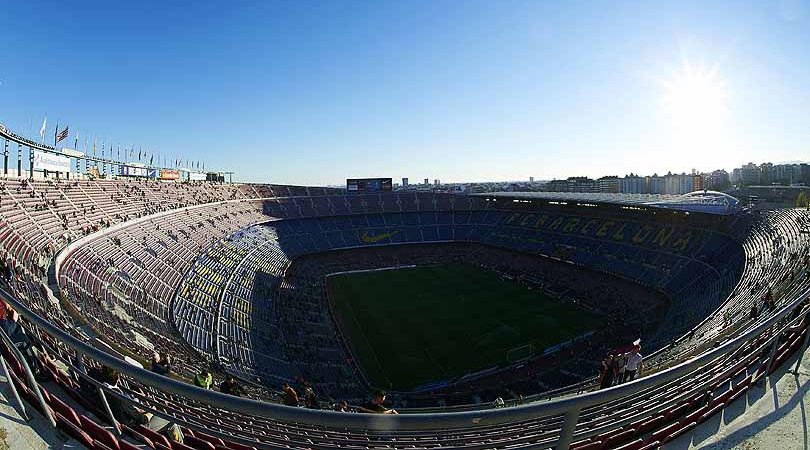
4. Estadio Azteca (95,500)
This Mexican megastructure has seen it all – it has hosted two World Cup finals, survived an earthquake and witnessed the magic of Diego Maradona, Pelé and Elton John. One can only assume that if it was a person, it would be a wizard. After trips to Rome, London and Moscow the two Mexican architects behind the build were submerged in a vision of creating something spectacular. That they did, and even after a recent redevelopment which has brought the capacity below 100,000, the dense history of the ground will never be forgotten.
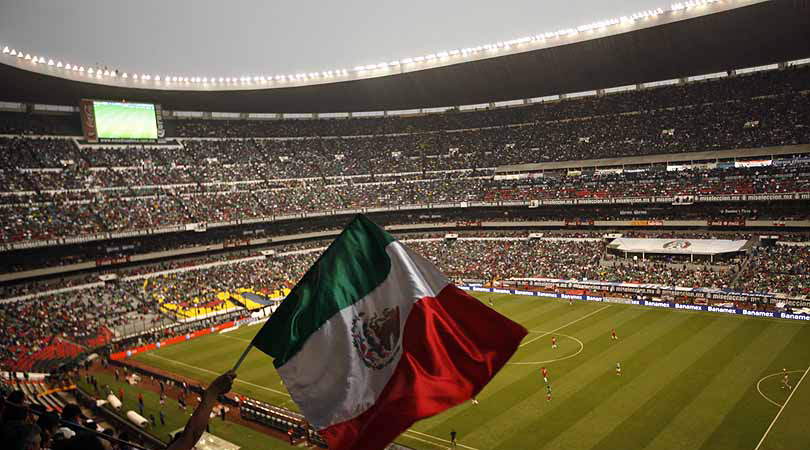
5. Soccer City (94,736)
Opened in 1989, the ground originally held 80,000 and hosted South Africa's first-ever ACON win in 1996. The 2010 World Cup prompted a reconstruction which pumped the capacity up to 94,000, although it was capped at a little under 85,000 for the World Cup; it hosted the final between Spain and the Netherlands. Unless sponsor-savvy FIFA are in town, it’s officially named the FNB Stadium, although there was confusion in 2013 when – before the Africa Cup of Nations – fans were delayed their tickets because of an ongoing disagreement over the naming rights of the stadium. They got them, in the end.
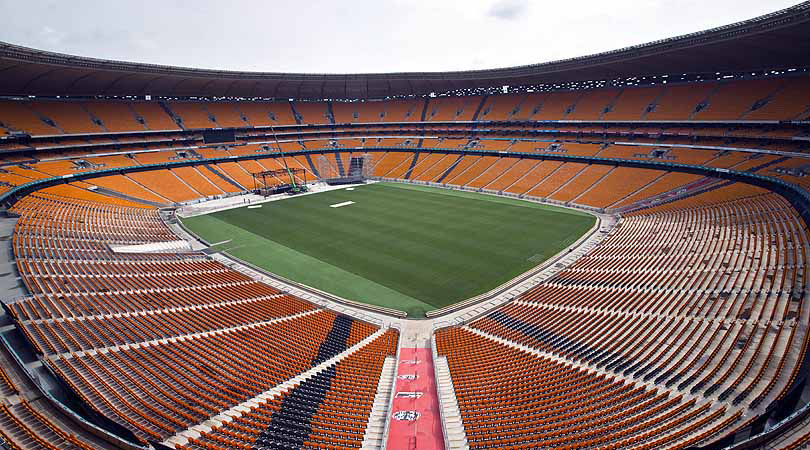
6. Rose Bowl (93,420)
The Rose Bowl caters for, and was created for, a national obsession with American Football. But on the side, it has hosted its fair share of football matches, including a World Cup Final in 1994. Despite the final being a huge disappointment in comparison to the rest of the tournament, the Rose Bowl witnessed the moment Brazil became the most successful side in World Cup history. After the forming of MLS, LA Galaxy were tenants for seven years.
Find out where it sits in FFT's top 100 stadiums list
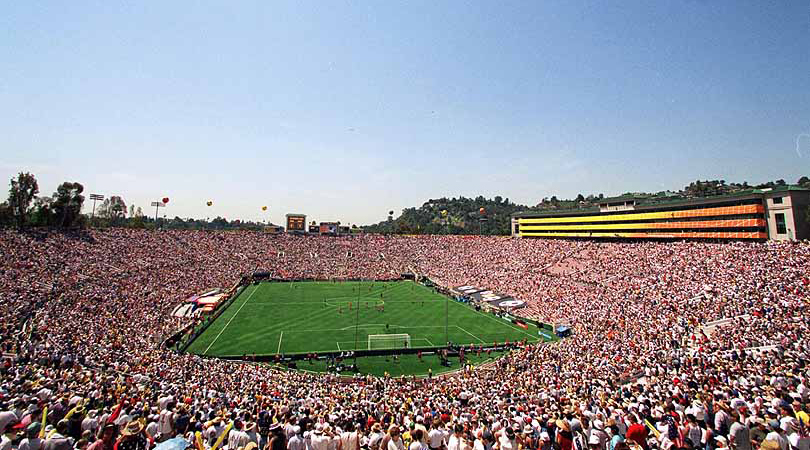
7. Wembley Stadium (90,000)
The place formerly known as the British Empire Exhibition Stadium is one of the most iconic grounds in the world. With the rebuild costing north of £750 million – a step up from the Empire Stadium costing a mere £750,000 – it hosts national cup finals and is the permanent home of the England national team. The pitch surface was questioned after England's failure to qualify for Euro 2008, but anyone who went to the old Wembley will be glad that this version has 2,618 toilets – apparently more than any other arena on the planet.
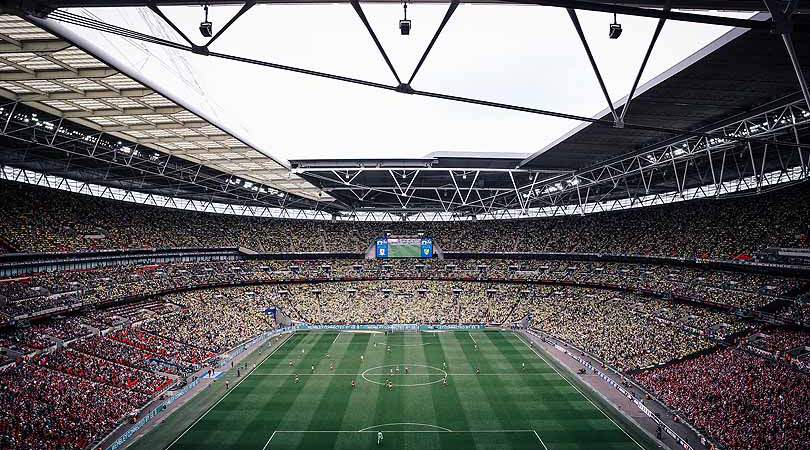
8. Bukit Jalil National Stadium (87,411)
Another common pre-season destination for Europe's biggest clubs, and Birmingham City, who competed in the first FA Premier League Asian Cup here. Having been built for the Commonwealth Games in 1998, it hosted the Southeast Asian Games in 2001 as well as being the stage for both the Malaysian Cup and the Malaysian FA Cup. It is currently being renovated as part of Malaysia's plans for a 'Sports Hub'. The stadium will get a retractable roof and should be completed in time to host the Southeast Asian Games for 2017.
Find out where it sits in FFT's top 100 stadiums list
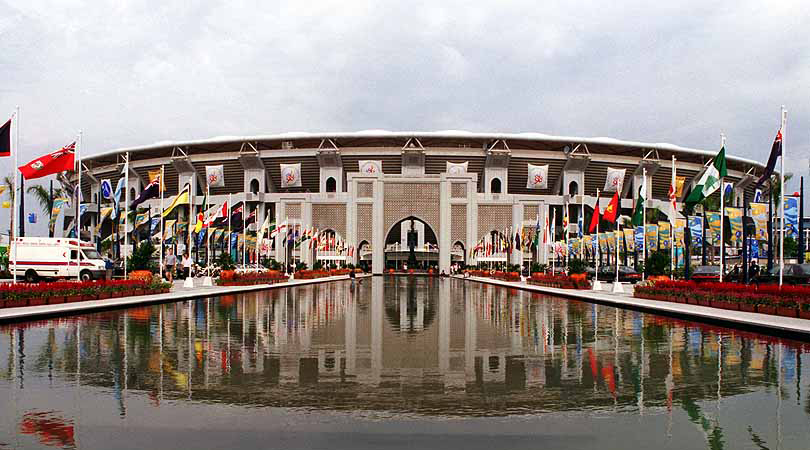
9. Borg El Arab Stadium (86,000)
Built as part of Egypt's 2010 World Cup bid, the Borg El Arab is the second-largest stadium in Africa. Centred around a 145-acre complex, the stadium is paired with two smaller pitches which sit in the shadow of the ground. Yet to have hosted any major significant games, El Arab is the home ground of the Egyptian national team although there have been whispers about it being the host for the Egyptian Cup final. With the local population recorded at 113,000 the stadium is very much a big fish in a small pond.
Find out where it sits in FFT's top 100 stadiums list
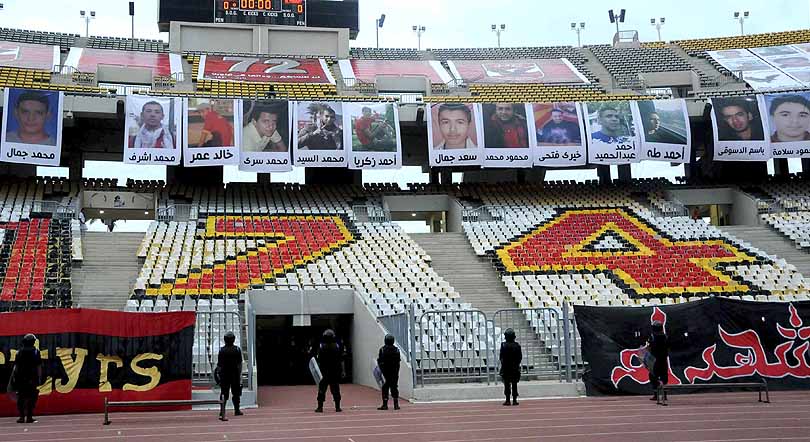
10. The Azadi Stadium (84,412)
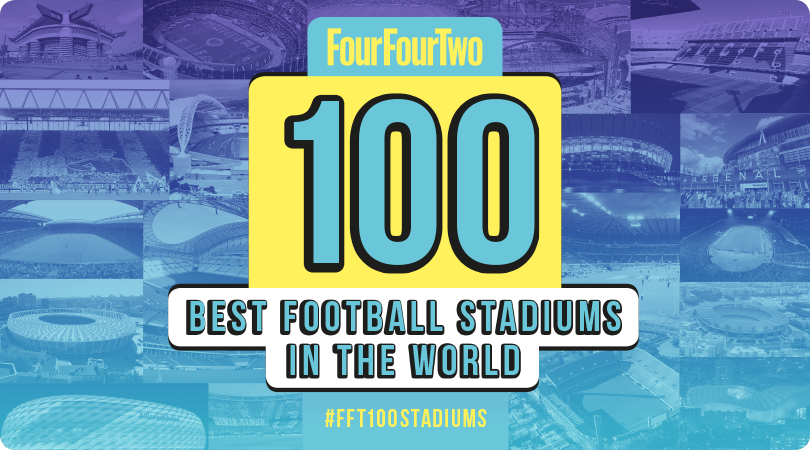
What do you get when you allow two of the biggest clubs in a nation to become tenants of an 84,000-capacity stadium? Absolute madness. Both Esteghlal and Persepolis use the stadium for their home games. With the Iranian national team also using the stadium, it is very much the centre of Iranian football. Its sweeping low edges – apart from making the ground look like it’s falling apart – help create a ferocious noise. It has been described as the most intimidating stadium in the world by those who have played there – but being in Iran, there are huge security concerns meaning it is tough to invite the best. For the near future, the biggest name to play there may remain Jlloyd Samuel.
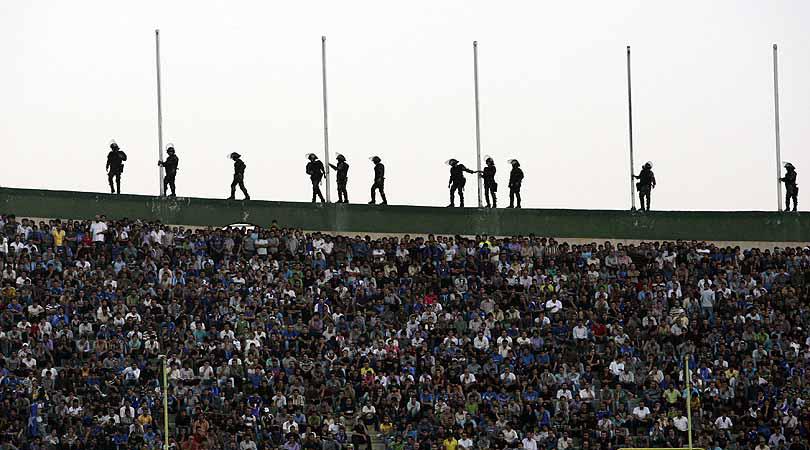
#FFT100STADIUMS The 100 Best Stadiums in the World: list and features here
